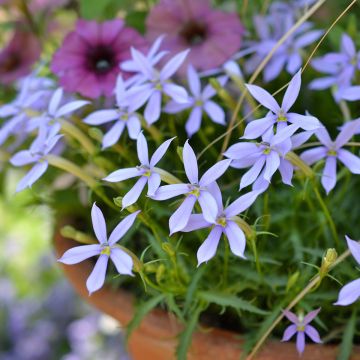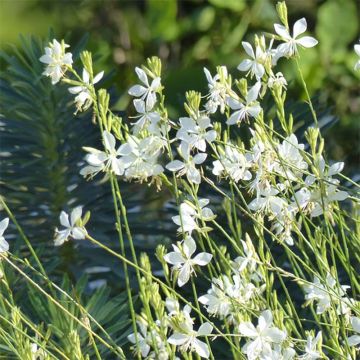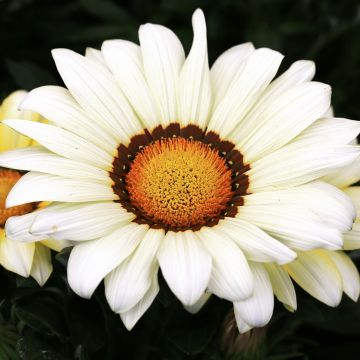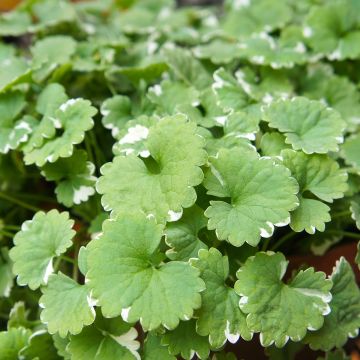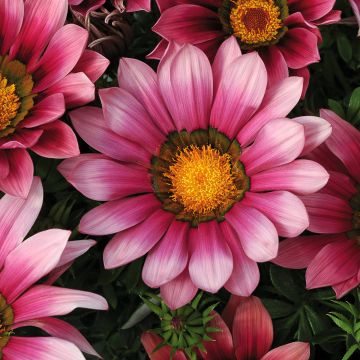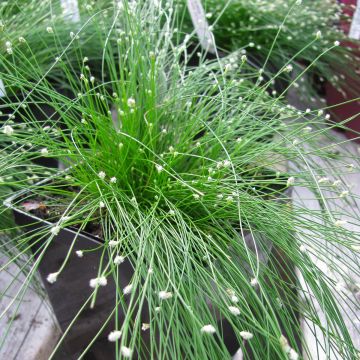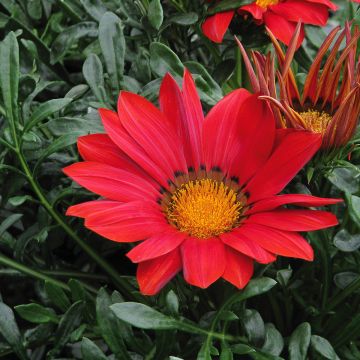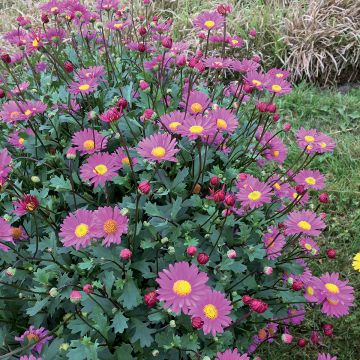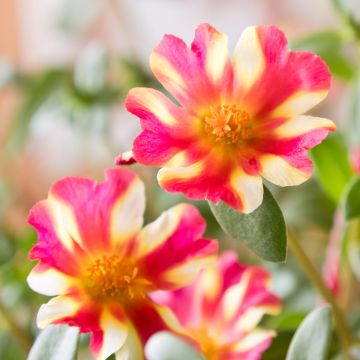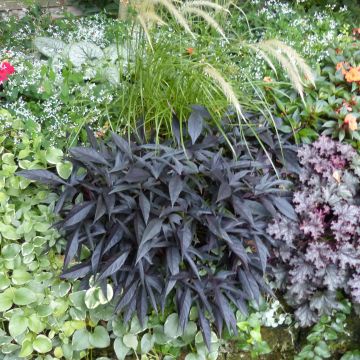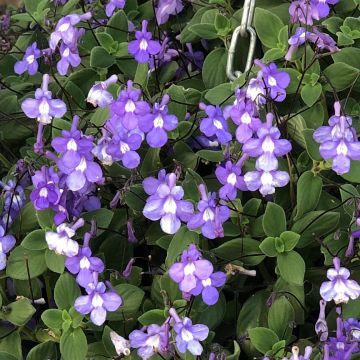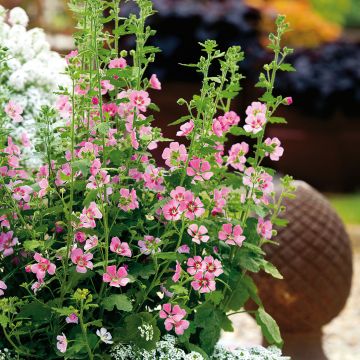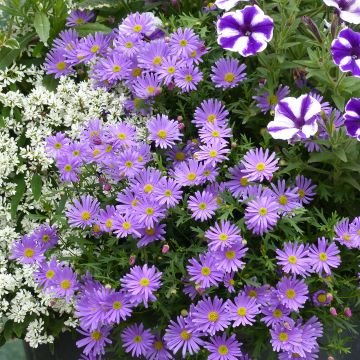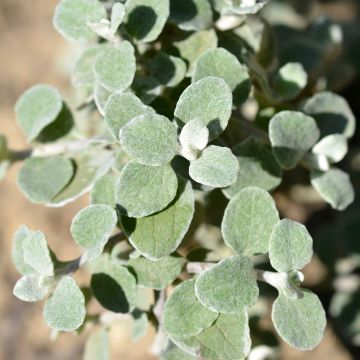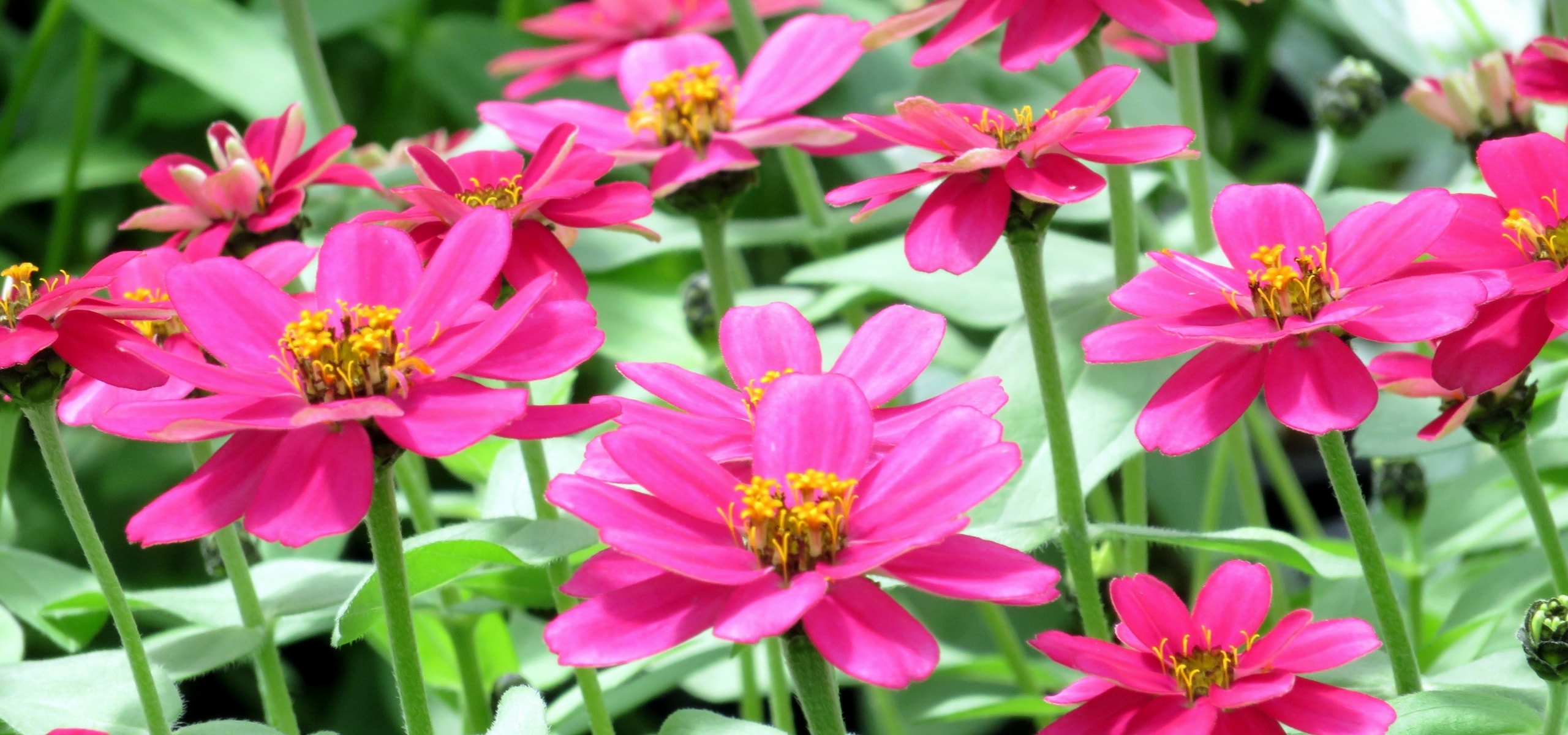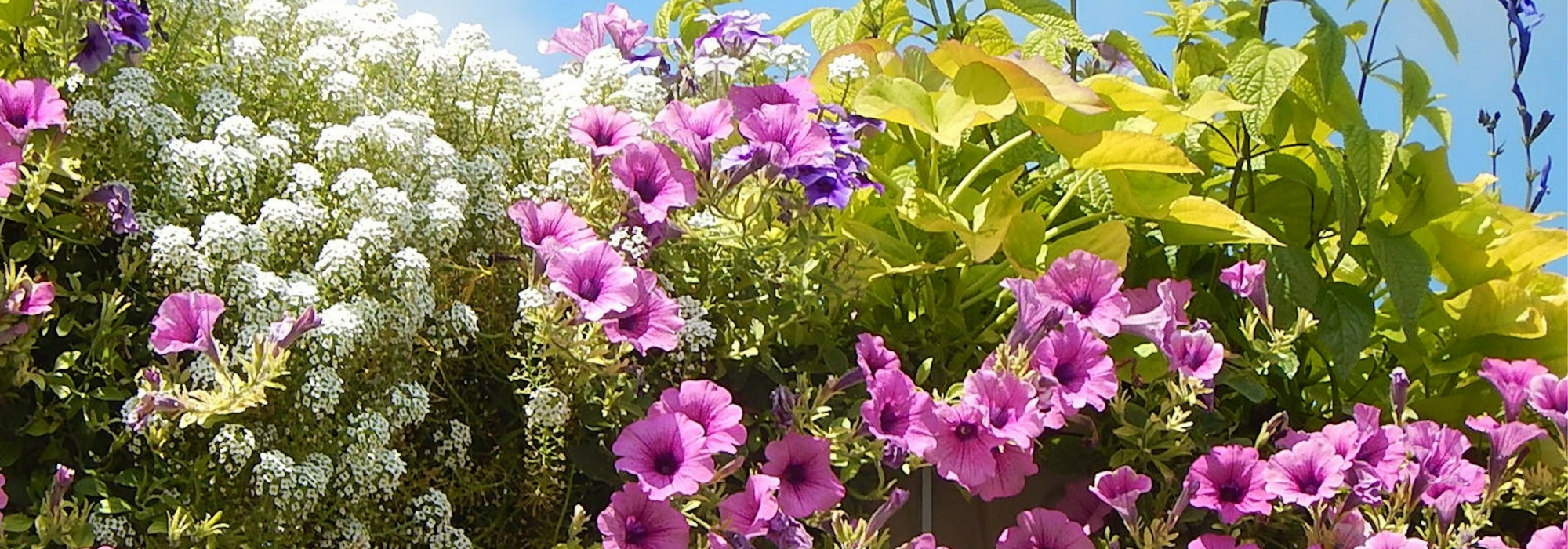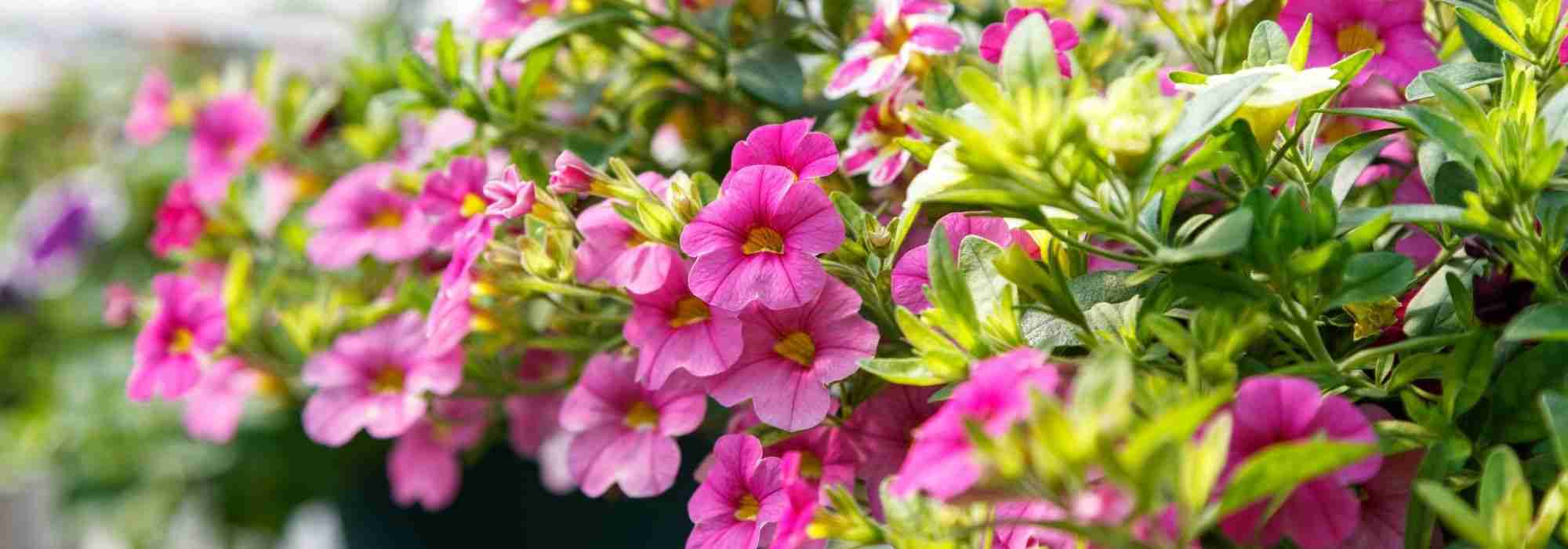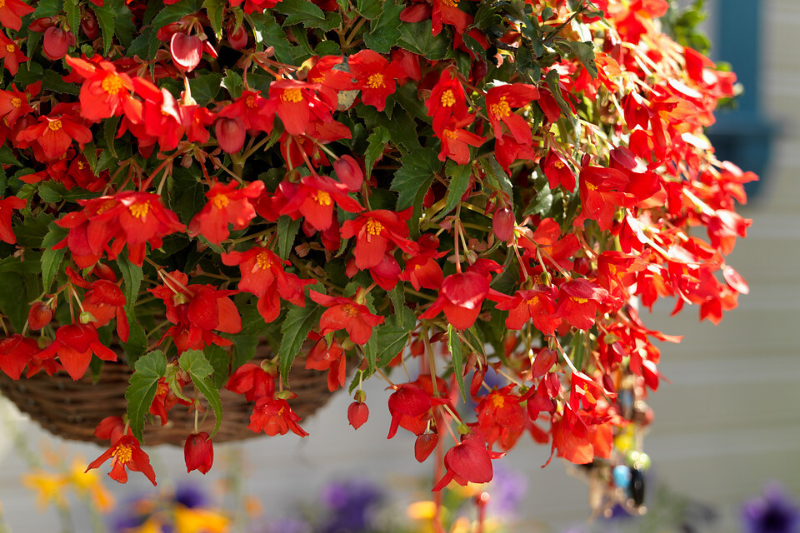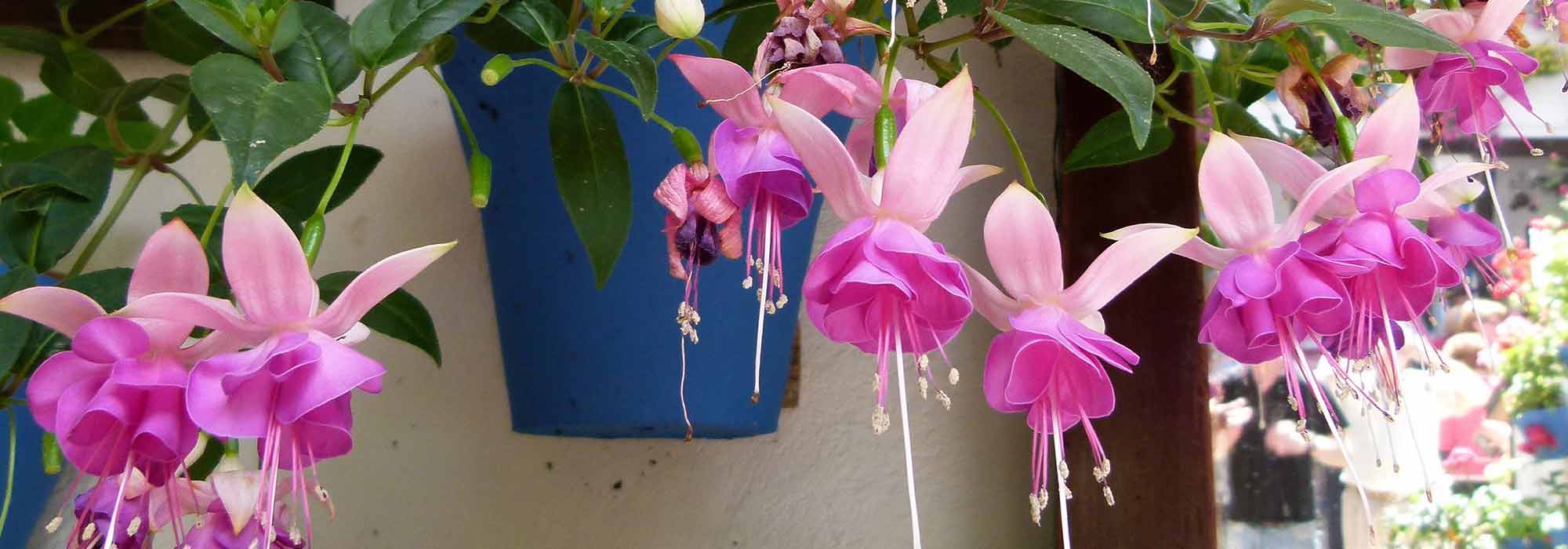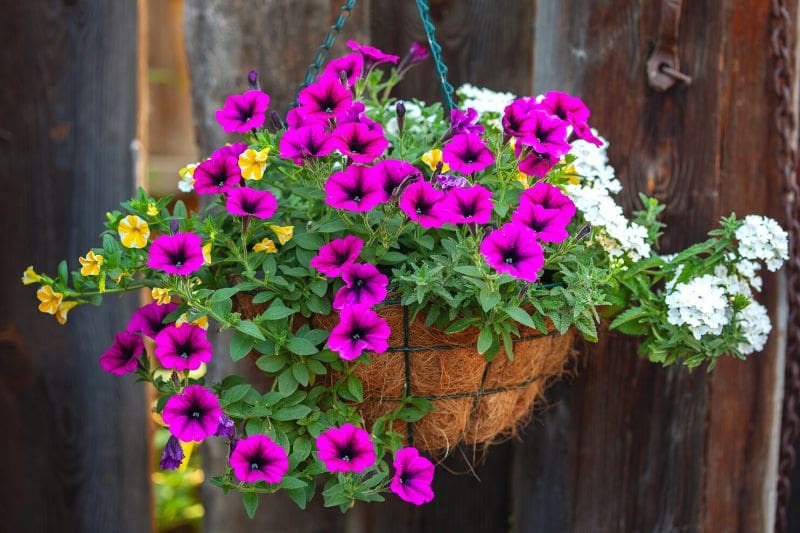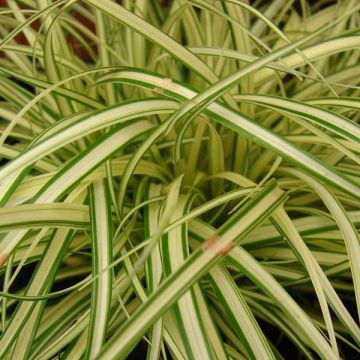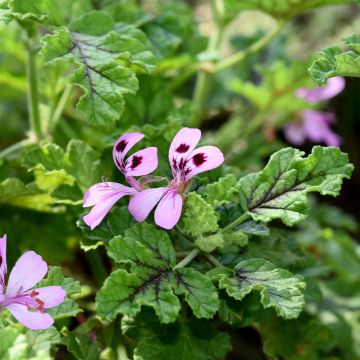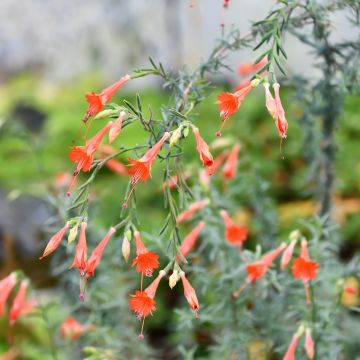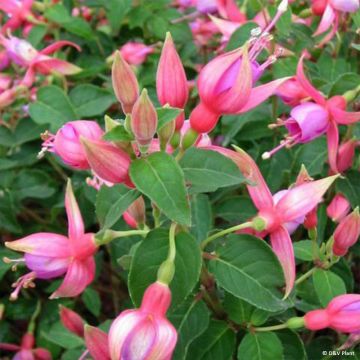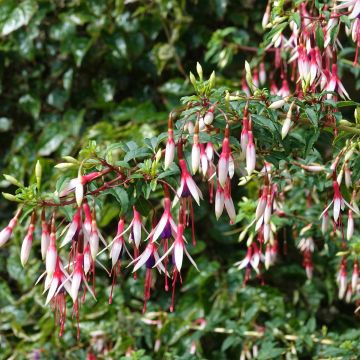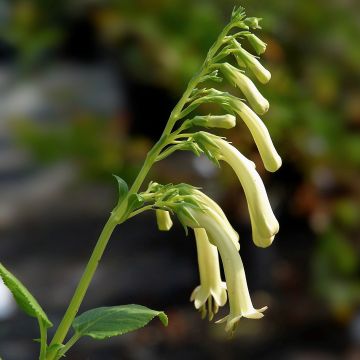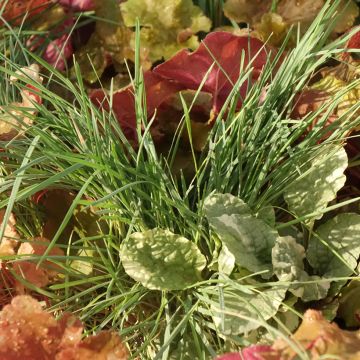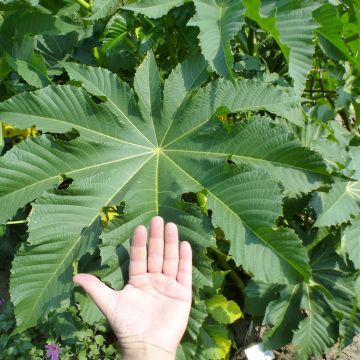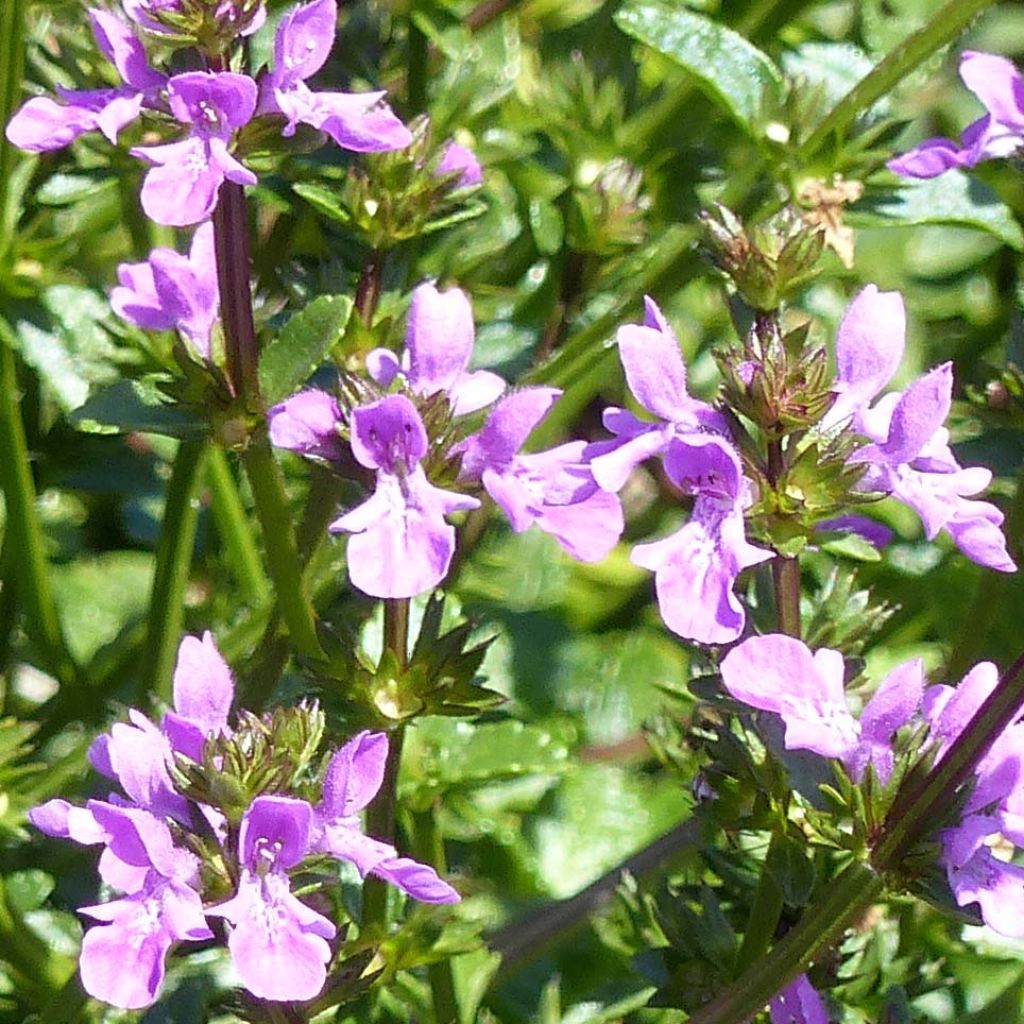

Stachys Lilac Falls - Epiaire hybride.
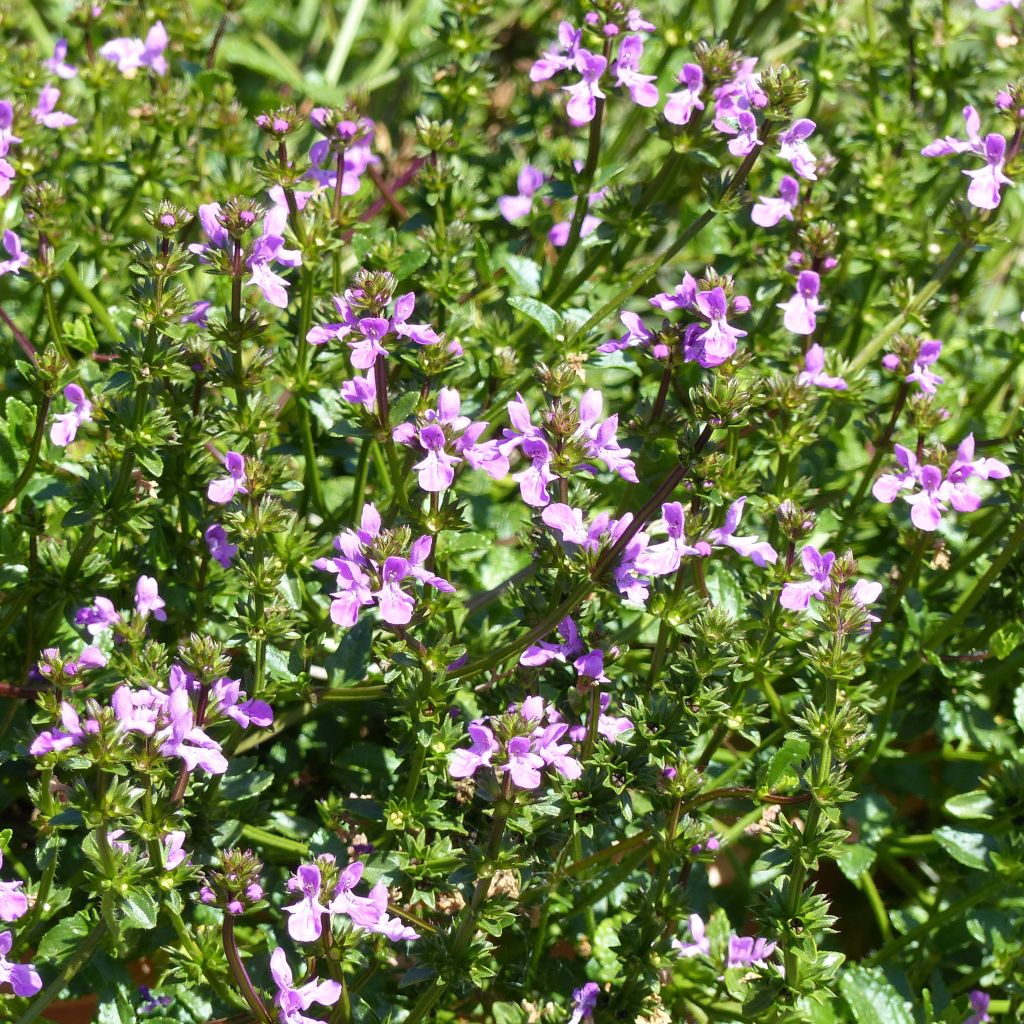

Stachys Lilac Falls - Epiaire hybride.
Stachys Lilac Falls
Stachys Lilac Falls
It's a fantastic plant in a planter. The trailing habit is very elegant, and there's no maintenance unlike petunias/surfinias. The flowering is abundant.
sylvie, 07/07/2017
Special offer!
Receive a €20 voucher for any order over €90 (excluding delivery costs, credit notes, and plastic-free options)!
1- Add your favorite plants to your cart.
2- Once you have reached €90, confirm your order (you can even choose the delivery date!).
3- As soon as your order is shipped, you will receive an email containing your voucher code, valid for 3 months (90 days).
Your voucher is unique and can only be used once, for any order with a minimum value of €20, excluding delivery costs.
Can be combined with other current offers, non-divisible and non-refundable.
Why not try an alternative variety in stock?
View all →This plant carries a 6 months recovery warranty
More information
We guarantee the quality of our plants for a full growing cycle, and will replace at our expense any plant that fails to recover under normal climatic and planting conditions.

Does this plant fit my garden?
Set up your Plantfit profile →
Description
Stachys Lilac Falls creates cascades of small lilac flowers from spring to autumn, overflowing from planters and hanging baskets or even bordering flower beds. This extraordinary new perennial, born from hybridisation between a betony and a dead-nettle, combines the sturdiness of stachys with the insane growth of dead-nettles. Its small lilac-coloured flowers are clustered in leafy stems that conceal the ground or gracefully trail from flower pots. Hardy and resistant to both heat and rain, this innovative hybrid is part of a new generation of carefree plants that thrive in the sun, in open ground or in pots, in all our regions.
Betony belongs to the Lamiaceae family, just like dead-nettles, mints, salvias, and even... nettles. A certain genetic proximity between the Lamium and Stachys genera has made the birth of 'Lilac Falls' possible, a sterile plant that is extremely floriferous. It is a medium-sized stoloniferous herbaceous plant, with a bushy and creeping or trailing habit if grown in a pot. The plant reaches a height of 20 to 30 cm (8 to 12in) when in flower, with a spread of 70 to 80 cm (28 to 32in). The long, dark, quadrangular stems bear small entire leaves, of a fairly dark, glossy green. From May to October, it produces clustered flowers in wide and dense spikes at the end of each branching. Therefore, it is advisable to pinch the plant in its young age to encourage branching. The bilabiate flowers, with a lobe, measure 1.5 cm (1in) and are softly coloured in mauve-lilac. This plant quickly forms beautiful clumps, spreading through creeping stems that root upon contact with the ground.
Stachys Lilac Falls, which seems to be hardy down to at least -15°C (5°F), will naturally find its place in borders and rockeries, associated with many plants such as Onosma alboroseum, the campanulate bellflower, or Antennaria dioica Rubra, for example. It blends well in flower beds with pink, mauve, or violet blooms of echinaceas, monardas, veronicas, Sedum Matrona, Aethionema... It will form, much like catmints, a delightful groundcover at the base of 'The Fairy' or 'Pink Knockout' roses. It is unbeatable in hanging baskets and planters, alongside the floriferous and easy-to-grow Beedance series of bidens, and the Powerdaisy Sunny calendula.
Note: Please be aware that our young plug plants are professional products intended for experienced gardeners: upon receipt, repot and store them under cover (veranda, greenhouse, cold frame...) at a temperature above 14°C (57.2°F) for a few weeks before planting them outdoors once the risk of frost has definitively passed.
Report an error about the product description
Stachys Lilac Falls in pictures
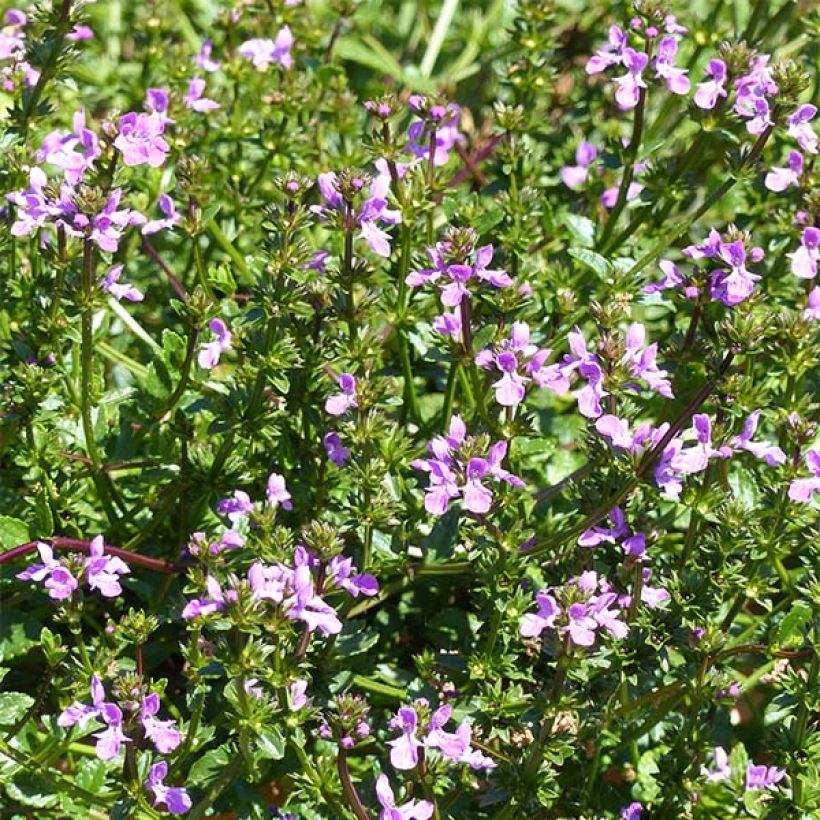

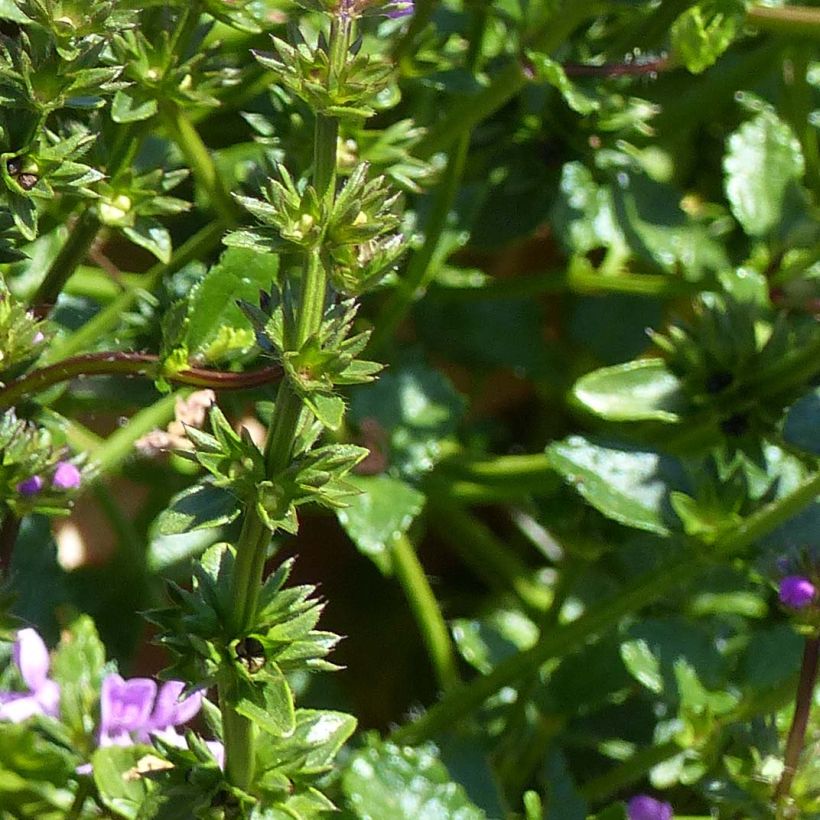

Flowering
Foliage
Plant habit
Botanical data
Stachys
Lilac Falls
Lamiaceae
Cultivar or hybrid
Other Other varieties
View all →Planting and care
The cultivation of Stachys Lilac Falls is very easy. It is a low-maintenance perennial. Plant it in any soil that is not too dry, not too chalky for the colour of the foliage, well-drained and well-prepared, in the sun or, if necessary, in partial shade in a warm climate. It multiplies spontaneously through its stoloniferous stems. Prune the young plant to promote good branching. For container cultivation, regular watering and some flower plant fertilisers are necessary to support flowering. This plant does not self-seed, but propagates through layering. Aphids, spider mites, and whiteflies can attack this plant.
Planting period
Intended location
Care
Planting & care advice
-
, onOrder confirmed
Reply from on Promesse de fleurs
Similar products
Haven't found what you were looking for?
Hardiness is the lowest winter temperature a plant can endure without suffering serious damage or even dying. However, hardiness is affected by location (a sheltered area, such as a patio), protection (winter cover) and soil type (hardiness is improved by well-drained soil).

Photo Sharing Terms & Conditions
In order to encourage gardeners to interact and share their experiences, Promesse de fleurs offers various media enabling content to be uploaded onto its Site - in particular via the ‘Photo sharing’ module.
The User agrees to refrain from:
- Posting any content that is illegal, prejudicial, insulting, racist, inciteful to hatred, revisionist, contrary to public decency, that infringes on privacy or on the privacy rights of third parties, in particular the publicity rights of persons and goods, intellectual property rights, or the right to privacy.
- Submitting content on behalf of a third party;
- Impersonate the identity of a third party and/or publish any personal information about a third party;
In general, the User undertakes to refrain from any unethical behaviour.
All Content (in particular text, comments, files, images, photos, videos, creative works, etc.), which may be subject to property or intellectual property rights, image or other private rights, shall remain the property of the User, subject to the limited rights granted by the terms of the licence granted by Promesse de fleurs as stated below. Users are at liberty to publish or not to publish such Content on the Site, notably via the ‘Photo Sharing’ facility, and accept that this Content shall be made public and freely accessible, notably on the Internet.
Users further acknowledge, undertake to have ,and guarantee that they hold all necessary rights and permissions to publish such material on the Site, in particular with regard to the legislation in force pertaining to any privacy, property, intellectual property, image, or contractual rights, or rights of any other nature. By publishing such Content on the Site, Users acknowledge accepting full liability as publishers of the Content within the meaning of the law, and grant Promesse de fleurs, free of charge, an inclusive, worldwide licence for the said Content for the entire duration of its publication, including all reproduction, representation, up/downloading, displaying, performing, transmission, and storage rights.
Users also grant permission for their name to be linked to the Content and accept that this link may not always be made available.
By engaging in posting material, Users consent to their Content becoming automatically accessible on the Internet, in particular on other sites and/or blogs and/or web pages of the Promesse de fleurs site, including in particular social pages and the Promesse de fleurs catalogue.
Users may secure the removal of entrusted content free of charge by issuing a simple request via our contact form.
The flowering period indicated on our website applies to countries and regions located in USDA zone 8 (France, the United Kingdom, Ireland, the Netherlands, etc.)
It will vary according to where you live:
- In zones 9 to 10 (Italy, Spain, Greece, etc.), flowering will occur about 2 to 4 weeks earlier.
- In zones 6 to 7 (Germany, Poland, Slovenia, and lower mountainous regions), flowering will be delayed by 2 to 3 weeks.
- In zone 5 (Central Europe, Scandinavia), blooming will be delayed by 3 to 5 weeks.
In temperate climates, pruning of spring-flowering shrubs (forsythia, spireas, etc.) should be done just after flowering.
Pruning of summer-flowering shrubs (Indian Lilac, Perovskia, etc.) can be done in winter or spring.
In cold regions as well as with frost-sensitive plants, avoid pruning too early when severe frosts may still occur.
The planting period indicated on our website applies to countries and regions located in USDA zone 8 (France, United Kingdom, Ireland, Netherlands).
It will vary according to where you live:
- In Mediterranean zones (Marseille, Madrid, Milan, etc.), autumn and winter are the best planting periods.
- In continental zones (Strasbourg, Munich, Vienna, etc.), delay planting by 2 to 3 weeks in spring and bring it forward by 2 to 4 weeks in autumn.
- In mountainous regions (the Alps, Pyrenees, Carpathians, etc.), it is best to plant in late spring (May-June) or late summer (August-September).
The harvesting period indicated on our website applies to countries and regions in USDA zone 8 (France, England, Ireland, the Netherlands).
In colder areas (Scandinavia, Poland, Austria...) fruit and vegetable harvests are likely to be delayed by 3-4 weeks.
In warmer areas (Italy, Spain, Greece, etc.), harvesting will probably take place earlier, depending on weather conditions.
The sowing periods indicated on our website apply to countries and regions within USDA Zone 8 (France, UK, Ireland, Netherlands).
In colder areas (Scandinavia, Poland, Austria...), delay any outdoor sowing by 3-4 weeks, or sow under glass.
In warmer climes (Italy, Spain, Greece, etc.), bring outdoor sowing forward by a few weeks.






























